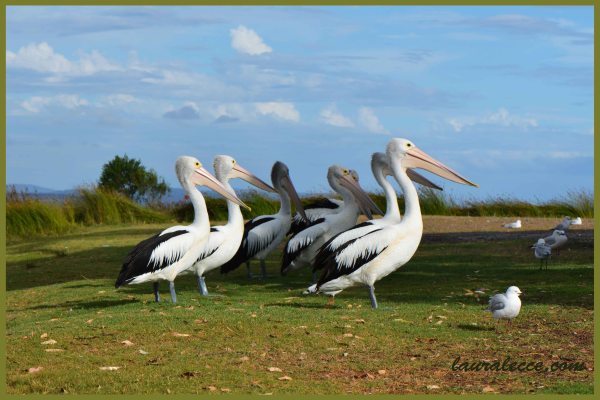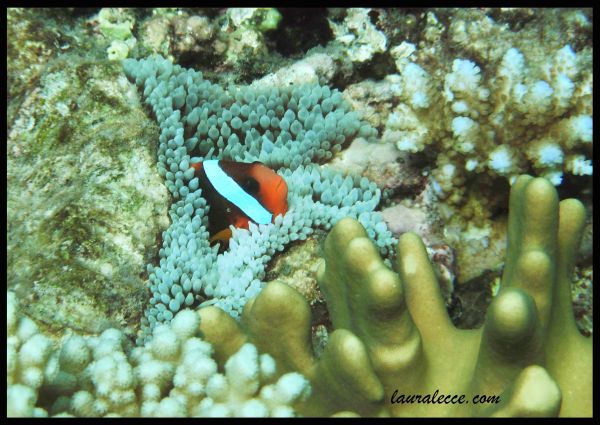
If you can find it in your heart to look beyond the belly fat and brown pimply skin you will see the golden glistening eyes of this glorious toad. Living in a luxurious resort in St Lucia, this toad was clearly the queen of this pond, each night posing proudly atop the lilies. St Lucia is one of the homes of the cane toad (Rhinella marina) also known as the giant neotropical toad. On average they grow to about 10-15cm (4-6 inches), but have been recorded as large as 38cm (15 inches) and weighing 2.65kg (5.8lb). This toad was introduced into northern Australia as a predator to combat the beetles which were eating sugar cane crops. This turned out to be a futile endeavor since the beetles kept to the top of the sugar canes and the toads have poor climbing skills, so instead the toads outcompete many Australian reptiles and frogs for food which is easier to access. So as beautiful as they may be under that brown pimply skin, they should have stayed at home.










